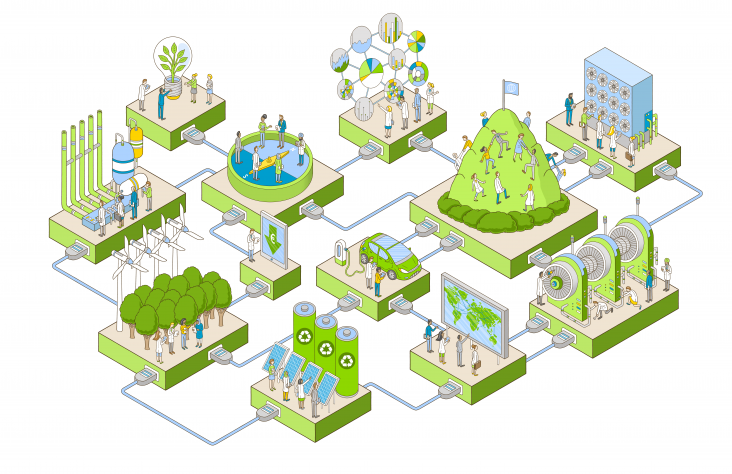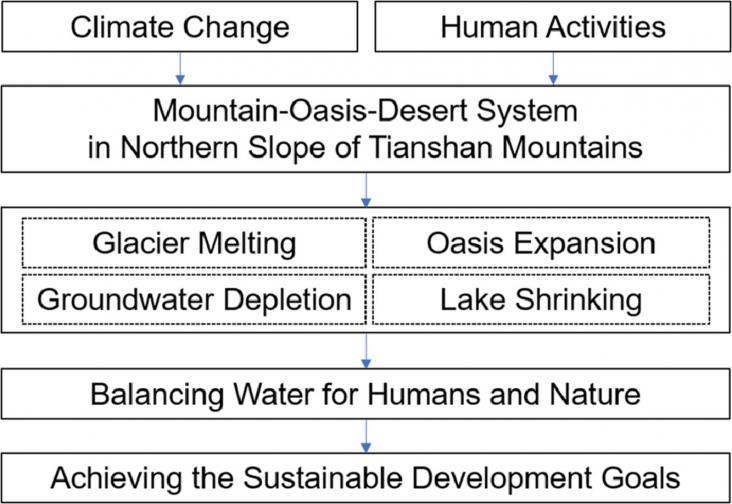Elsevier,
Visualization Techniques for Climate Change with Machine Learnng and Artificial Intelligence, Sukanya S, Sabu Joseph, 2023, Pages 55-76
This chapter contributes to SDG 6 by describing the potential impacts of climate change on water resources.

The annual UN Climate Change Conference advances climate talks, mobilizes action, and can provide a significant opportunity to look at the impacts of climate change as well as innovation and solutions globally. Elsevier is pleased to showcase a large number of freely accessible journal articles and book chapters to help advance research and action against climate change, as well as a podcast episode, in support of COP27.
Elsevier,
Gouri Sankar Bhunia, Pravat Kumar Shit, Soumen Brahma; Case Studies in Geospatial Applications to Groundwater Resources, 2023, Pages 371-385
This chapter contributes to SDG 6 by using satellite-based information to monitor and forecast for sustainable water resource management.
This Article supports SDGs 3 and 6 by demonstrating that polio environmental surveillance by testing wastewater samples is a valuable tool for tracking the distribution of polio and non-polio enteroviruses, and could be instrumental for global poliovirus elimination efforts.
Investigation on the water quality
It discussed the sedimentary dynamics and droughts
Increasing agricultural water scarcity is threatening food security and ecosystem sustainability in China.
This article brings us a step closer to bringing clean drinking water to the world by detecting key harmful microbes.
Ultrafiltration with ceramic membranes of olive oil washing wastewater has been demonstrated to be an interesting alternative as a previous step for the recovery of phenolic compounds, which have outstanding antioxidant characteristics. In this way, the treatment of these wastewaters should be based on reusing water and, at the same time, on recovering valuable compounds.

Climate change and economic growth are responsible for increased water stress.This study provides a baseline understanding of the interplay among water, climate change, and socio-economic development in NSTM.
